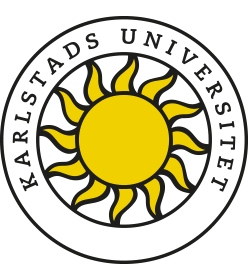Basic heat and mass transfer
15.0 ECTS creditsThe course covers the following:
- open and closed systems, system boundaries, mass and energy balances,
- energy and power,
- properties of fluids, viscosity, and incompressibility,
- mechanisms for heat transfer from a warm to a cold body, conduction, natural and forced convection, and radiation,
- mechanisms for mass transfer from high to low concentration, diffusion and convection,
- the air-water system and Mollier diagram,
- calculation of combined heat transfer and heat and mass transfer,
- dimensioning and analysis of different types of heat exchangers, and
- the function of solar collectors and solar cells.
Progressive specialisation:
G1F (has less than 60 credits in first‐cycle course/s as entry requirements)
Education level:
Undergraduate level
Admission requirements:
Registered for 15 ECTS credits in the Bachelor programme in Energy and Environmental Engineering, or equivalent
Selection:
Selection is usually based on your grade point average from upper secondary school or the number of credit points from previous university studies, or both.
